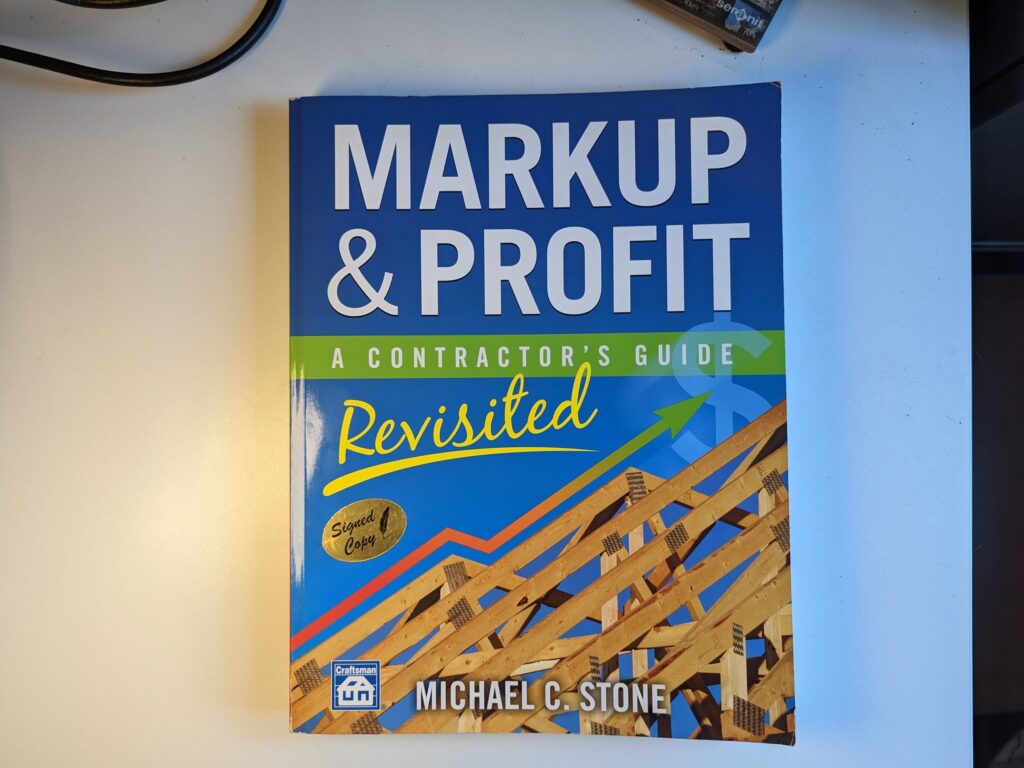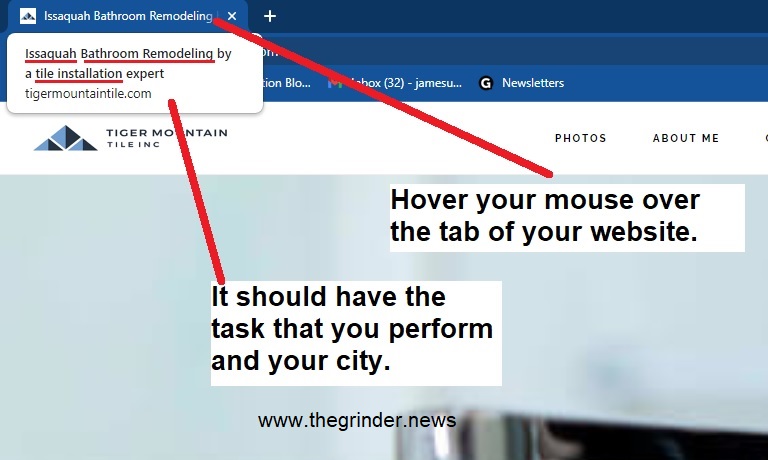
Do general contractors deserve a discount?
This question comes up from time to time. Many would reason that you’re performing the same work either way so why would you offer a discount to one party or the other?
Here’s why I think most general contractors should pay less for the same work than a homeowner.
Dealing directly with the homeowner
Sure the work may be the same either way. However, what about all of the work that preceded you showing up and unloading your tools? Such as:
- Someone had to advertise or market themselves to the homeowner so they would get a phone call
- Then there was a meeting that took place
- “Hmmm… this white subway tiles seems so risky”
- Time spent estimating
- Scheduling subcontrators
- Protecting the home and checking in on things
- Ordering and delivering materials
- “Why does the grout look different in the corners?”
All of the above are required for dealing with a homeowner. What about when a GC calls?
When a general contractor is on the project
Contrast the above to when a GC is handling the project. What are your responsibilities?
- Field the GC’s phone call which consists of “Uh, it’s ready”
- Pick up whatever installation supplies that you need to complete the project
- Send a bill for what you did
The two scenarios aren’t equal. So a GC should pay less than a homeowner.
How much less?
What number do you put on these seemingly intangible things?
Luckily, we have something we can refer to. Construction business guru Michael Stone wrote a book called Markup & Profit A Contractor’s Guide and offers some insight into what sales and marketing fees we can use.
He breaks down different numbers for new construction gc’s, renovation gc’s, and specialty contractors.
For our purposes, I’m going to use his numbers for renovation contractors since they are the ones that typically deal with homeowners.
It’s part of your overhead
Stone breaks things down into three components:
- job costs
- overhead
- profit
We’re only going to concern ourselves with the overhead portion of things for this discussion.
When calculating your overhead, you need to figure in costs such as insurance, van payment, taxes, etc.
But this is also where you calculate things like advertising costs and sales commissions.
What does it take to generate a lead via advertising, marketing, website presence, and this sort of thing?
Then what does it take to cultivate that lead into a sale?
This needs to be figured into your overhead cost and luckily Michael Stone gives us an idea of what this figure is for many contractors (but obviously you need to figure your own numbers for YOU!)

What’s a lead worth?
His figures are as follows:
- 1.5-5% for advertising/marketing
- 5-8% sales commission
- 5-7% job supervision
The percentage numbers above are a percent of the revenue that you expect to generate for the year.
A note on job supervision: You will some job supervision no matter if you are charging the customer or the gc. But you will have less supervision if a general contractor is on the project.
So, if we figure that a subcontractor does 100% of his work through general contractors then we can take 5% for marketing + 5% sales commission + 3-5% for supervision.
That’s how much of a discount one could offer a general contractor vs a homeowner. 10-15% would be my estimation for the average contractor.
How do the numbers stack up for you?
What’s your take on this? How do you calculate the numbers for your business?
Let me know in the comments.




Leave a Reply